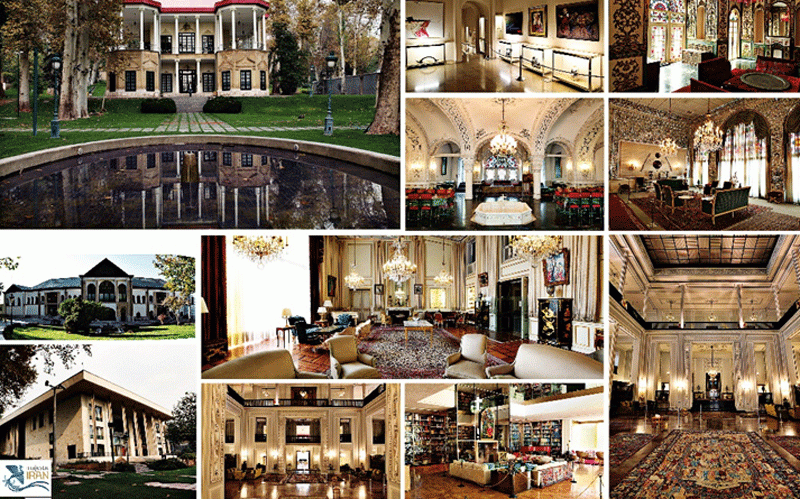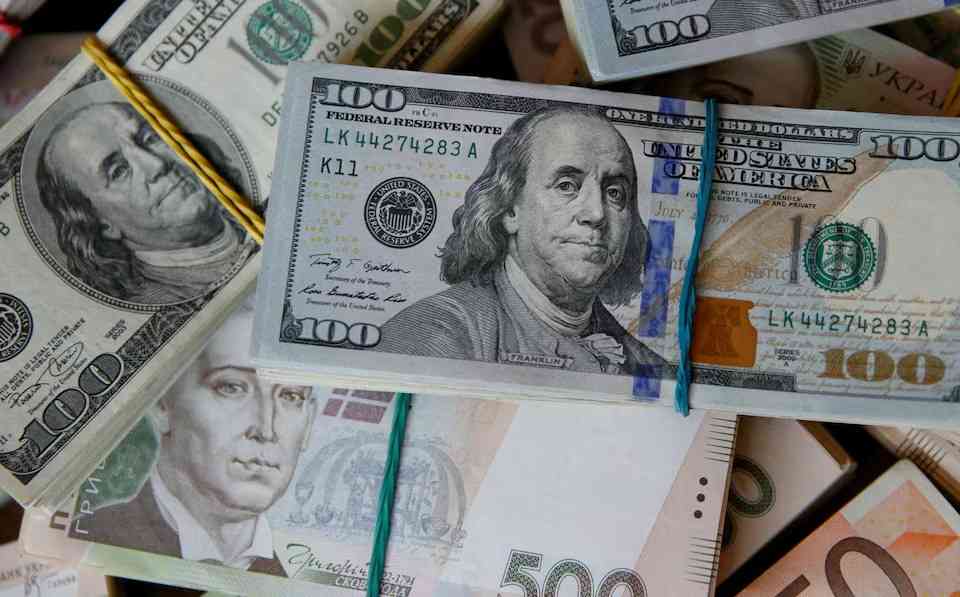
Unlike what the Western media has always been trying to portrait, Iran is one the safest countries of the world for foreign tourists and travelers.
Iran, officially the Islamic Republic of Iran, is a country in Western Asia. It is bordered by Iraq and Turkey to the west, by Azerbaijan and Armenia to the northwest, by the Caspian Sea and Turkmenistan to the north, by Afghanistan and Pakistan to the east, and by the Gulf of Oman and the Persian Gulf to the south. It covers an area of 1.64 million square kilometers, making it the 17th largest country in the world and has a population of 86 million.
Best known for its ancient history and interesting culture, the name of Iran has always been intertwined with diverse culture and amazing nature. This vast country is full of outstanding tourist attractions the history of some of which dates back to more than 5000 years ago. Depending on one’s choice and interests, there are plenty of different fascinating natural and historical attractions in this country, ranging from tall mountains and mesmerizing forests to unique geological sites and vast deserts. There are also many cultural/historical attractions in Iran including palaces, historical villages, mosques and gardens 24 of which have been inscribed in the UNESCO list of world heritage sites.
Majority of travelers who choose Iran for spending their holidays have been fascinated by many of its tourist attraction in such cities as Shiraz, Isfahan, Yazd and Tehran. Those who are more adventurous choose to combine their Iran cultural tour with an Iran desert tour and explore the deserts near Kashan and Isfahan and many foreigners travel to Iran with the purpose of trekking in Alborz Mountain Range and climbing Mount Damavand (5610m), the most prominent peak in the Middle East. In short, it is possible to combine all these options to get a taste of various Iranian tourist attractions and besides getting to know more about the culture and history of Iran enjoy its four-seasoned diversified nature.
Keeping in view that Iranian tourist attraction are numerous, some of the most outstanding historical places of this country are described here.
Imam Reza’s Shrine
Located in Mashhad, this shrine is one of the holiest pilgrimage sites in Iran. Muslims from different schools of thought - and even non-Muslims - from all over the world come to this beautiful city to visit this shrine. It is the most outstanding masterpiece of Iranian-Islamic architecture and with more than 2o million visitors per year, Imam Reza Holy Shrine is one of the most important and most visited attractions of Iran. With its libraries, museums, research centers, seminaries, and outstanding architecture, this complex is one of the largest cultural centers of Iran and Islam.
Imam Reza complex, a continuous artistic architectural style whose progress spreads over centuries, represents a unique masterpiece of creating a sacred space. The various chambers surrounding the tomb of Imam Reza (AS) are decorated with Islamic style of tilework, mirrorwork, silverwork, which have joined hands to create an exquisite form of art captivating the eyes of visitors. The portico is decorated with more than 8,000 square meters of mirror work.
- Artuz defiant on stay-aways
- Artuz leader Masaraure up for murder
- Zim suffers series defeat
- Health talk: Be wary of measles, its a deadly disease
Keep Reading
Persepolis
Persepolis, the remains of the ceremonial capital of the Achaemenid emperors, is the most famous UNESCO world heritage site in Iran and is a must-see attraction in the country.
The construction of this Iranian monument was started by the Iranian kings Darius I and was completed by his son Xerxes I and his grandson Artaxerxes I. This splendid palatial complex was built on an immense half-natural, half-artificial terrace. This 13-ha ensemble of majestic approaches, monumental stairways, throne rooms (Apadana), reception rooms, and dependencies is classified among the world’s greatest archaeological sites. The terrace is a grandiose architectural creation, with its double flight of access stairs, walls covered by sculpted friezes at various levels, contingent Assyrianesque propylaea (monumental gateway), gigantic sculpted winged bulls, and remains of large halls. By carefully engineering lighter roofs and using wooden lintels, the Achaemenid architects were able to use a minimal number of astonishingly slender columns to support open area roofs. Columns were topped with elaborate capitals; typical was the double-bull capital where, resting on double volutes, the forequarters of two kneeling bulls, placed back-to-back, extend their coupled necks and their twin heads directly under the intersections of the beams of the ceiling.
Naqsh-e Jahan Square
Also known as Imam Square, is the main tourist spot of Isfahan and one of the UNESCO World Heritage Site. “Naqsh-e Jahan” in Farsi means “The image of the world”. The square is surrounded by structures of different purposes and architecture, and together with the main bazaar of Isfahan, they comprise the huge complex to explore.
To commemorate the new role of Isfahan and also to create a place to hold national events, Naqsh-e Jahan Square was designed by the great Muslim scholar, Shaykh Bahai. The square is surrounded by several eye-catching buildings like Shah (Imam) Mosque, the main bazaar of Isfahan, the Ali Qapu Palace, and Shiekh Lotfollah Mosque.
Naqsh-e Jahan Square is 160 meters wide by 560 meters long, which results in a total area of 89,600 square meters. It is also surrounded by two-story row of shops, reflecting the architectural style of the Safavid Era and events, such as Nowruz or polo matches, were held on the square.
From architectural perspective, this square is very unique and the different monuments that surround it reflect upon the outstandingly beautiful Iranian- Islamic architecture and tilework.










